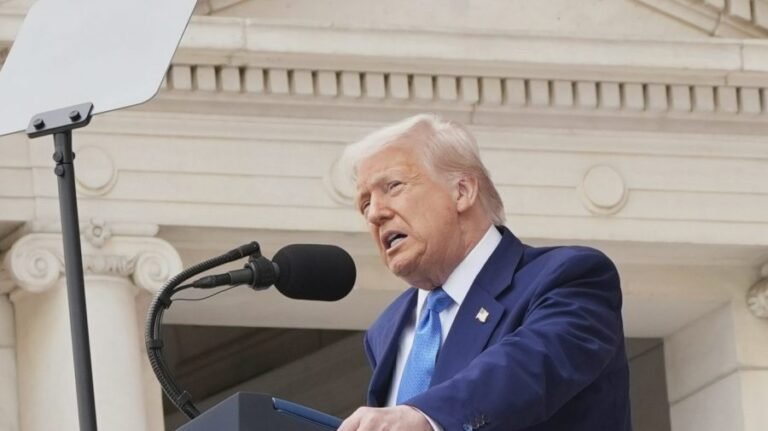
The 1945 “whole-person” formula used by the Department of Veterans Affairs presumes independence among various disabilities. But empirical data show that this assumption is faulty, and veterans suffer as a consequence.
Veterans with post-traumatic stress disorder display markedly elevated risk of obstructive sleep apnea; studies estimate comorbidity around 50 percent. In younger veteran samples, roughly 69 percent screen positive for high sleep apnea risk, with post-traumatic stress disorder severity strongly correlated. Among medical patients, obstructive sleep apnea incidence is significantly higher in those with concurrent PTSD and depression.
Such findings reveal positive covariance: having one condition increases the marginal likelihood of another, violating the independence assumption. Under dependence, combined impairment is greater than the product formula suggests. The government’s model therefore underestimates functional loss in multi-system disabilities and overcompensates simpler, single-system cases — producing the paradox of veterans rated only 90 percent despite severe functional impairment.
The VA does not add disability percentages. Rather, each rating is applied to the portion of the claimant that remains “healthy.” A 50 percent rating leaves 50 percent efficiency, and another 30 percent consumes 30 percent of that remainder, yielding 65 percent total, which gets rounded to 70 percent for disability pay purposes. As impairments stack, marginal gain shrinks.
The jump from 90 percent to 100 percent is enormous — both in compensation and in benefit eligibility, given that many benefits for disabled veterans are tied to that 100 percent rating — creating a discontinuity that distorts behavior. The Washington Post recently chronicled a surge in secondary-condition claims (eczema, tinnitus, sleep apnea) without noting that VA math makes such behavior rational — or, in fact, that military service can be and often is punishing to bodies in multiple and inter-connected ways.
A veteran may attain full compensation through individual unemployability or a schedular 100 percent rating. Individual unemployability requires proof of inability to maintain gainful employment and caps income near the poverty line, whereas schedular 100 percent imposes none. This creates two veterans with equal pay but unequal freedom to work to support themselves. The inequity is statutory, not moral — law itself creates a bifurcated system rewarding withdrawal for some and functioning as a tax-free pension for others.
VA regulation allows compensation when one condition causes or aggravates another. The logic supports recursive chains — PTSD causes insomnia, which causes weight gain, which causes obstructive sleep apnea, hypertension and back pain which in turn cause further impairment. Each step is compensable if substantiated. The system as designed rewards path dependency over recovery. Far from exploiting loopholes, many claimants are simply following incentives the schedule itself creates.
In fact, the Department of Veterans Affairs still relies on a rating schedule derived from 1945, with its core logic grounded in physical impairment across body systems rather than modern functional or cognitive criteria. Reform proposals dating back at least to 2007 have repeatedly called for modernization — especially for mental health and neurological conditions — but deep structural change has met political resistance. As a result, the system continues to undervalue cognitive, psychological, or fatigue-based disability relative to physical loss.
Originally conceived as wage-replacement for lost earning power, disability pay has arguably evolved into a lifetime entitlement detached from its original function. Its tax-free benefits extend to dependents in some cases, and seldom require proof of continued incapacity. This is not immoral — in fact, it is moral, depending on your perspective. But this has not been debated or discussed, so far as I know, as a goal of the current veterans’ disability compensation system. Within this framework, the most compensable state becomes maximal impairment. Claiming turns into validation; percentage points become a proxy for sacrifice.
Substantive reform would need to address the morality that equates suffering with worth.
Regional offices measure performance by closure volume, not accuracy. Approvals clear backlogs; denials create appeals. The rational bureaucratic bias therefore favors leniency. Advocacy organizations and congressional scrutiny amplify this dynamic. Fraud cases make headlines; flawed metrics drive the real distortion.
Some offices grant claims at twice the rate of others, and veterans represented by major service organizations or private consultants succeed far more often than those filing alone. The result is a lottery of geography and advocacy quality — quietly corrosive but rarely examined.
Critics argue the VA “medicalizes ageing” by compensating arthritis, hypertension, and hearing loss. Many such conditions, however are service-accelerated — precipitated or worsened by trauma, medication side-effects, chronic insomnia, or inflammatory load. The flaw is that the schedule treats ordinary and accelerated ageing identically, yielding over-compensation for natural decline and under-recognition where service altered physiology.
Reform should aim to separate cause, acceleration, and coincidence rather than to narrow eligibility.
Transparency alone will not shift incentives. The VA must replace its independence-based math with a synergy-aware, domain-weighted model that advances the models inferred by the militaries of America’s allies, including the U.K., Canada, and Australia,. The model should recognize condition interactions — sleep plus pain plus cognition — and measures functional capacity over time. Only such redesign can reward recovery, rational adaptation, and fairness.
Otherwise, every journalistic exposition on this topic will remain an echo of the last: accurate, indignant, and powerless to change the system it condemns.
A.P.D.G. Everett is a biomedical engineering masters student at the University of Vermont who has a two-decade career in federal-sector engineering and consulting. He is a post-9/11 USAF veteran.

